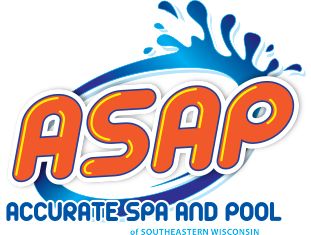Teaching kids about water safety is a crucial step in ensuring their well-being around water bodies. While there are many places where children can learn these important skills, swimming pools offer an unparalleled environment for effective and enjoyable water safety education. In this article, we’ll explore why pools are the perfect setting for teaching kids water safety, how they help build confidence, and ways to make learning these skills fun and engaging.
The Ideal Setting: Why Pools Are Great for Learning
Swimming pools provide a controlled environment that is ideal for teaching children water safety. Unlike open water bodies such as lakes or oceans, pools have defined boundaries and depths, making it easier to manage and monitor young swimmers. This controlled setting allows instructors and parents to focus on teaching specific skills without the unpredictability of waves or currents. Additionally, pools often have clear water, making it easier for kids to see underwater and for instructors to keep a close eye on them.
Moreover, pools often have safety features like ladders, shallow ends, and designated swim zones, which are beneficial for beginners. These features allow children to gradually acclimate to the water, starting from the shallow end and progressively moving to deeper areas as their skills and confidence grow. With lifeguards typically on duty and first-aid equipment readily available, pools offer a safe environment for kids to learn and practice water safety skills under supervision.
Building Confidence: Kids and Water Safety Skills
Learning water safety skills in a pool setting can significantly boost a child’s confidence around water. As children become familiar with the pool environment, they learn to navigate different depths and conditions, which helps them build a sense of security. The repetitive practice of skills such as floating, treading water, and basic swimming strokes in a controlled environment allows kids to develop muscle memory and confidence in their abilities. This newfound confidence can be a crucial factor in preventing panic in real-life situations.
Furthermore, the structured lessons and feedback from instructors in a pool setting encourage kids to set and achieve goals, further enhancing their self-esteem. As they master each skill, they gain a sense of accomplishment that motivates them to continue learning and improving. This confidence not only makes them safer swimmers but also instills a lifelong appreciation and respect for water safety.
Fun and Safe: Making Water Safety Enjoyable
One of the greatest advantages of teaching water safety in a pool is the ability to make learning both fun and safe. Pools offer a variety of games and activities that can be incorporated into lessons to keep kids engaged and excited about learning. From relay races to treasure hunts, these activities not only teach important safety skills but also make the experience enjoyable, ensuring that kids remain interested and attentive.
In addition to games, pools often have features like slides, diving boards, and water toys that can be used to teach safety in a playful manner. By incorporating these elements into lessons, instructors can demonstrate the importance of safety rules while allowing kids to have fun. This approach ensures that children associate positive experiences with water safety, making them more likely to remember and adhere to the lessons they’ve learned.
In conclusion, swimming pools offer an ideal environment for teaching kids water safety. With their controlled settings, confidence-building opportunities, and the ability to make learning enjoyable, pools are perfect for instilling essential water safety skills in children. By starting their education in a pool, kids can develop the confidence and knowledge they need to stay safe around water, setting the foundation for a lifetime of safe aquatic adventures.





